
Tallgrass prairie fires were once a common occurrence, and had a considerable impact on nature and wildlife. Such fires were typically the result of lightning strikes that occurred during the frequent thunderstorms experienced by the region. Because of the area’s dry conditions, high winds, and absence of obstructions, fires would spread quickly and could travel quite far. This prevented the growth of woody vegetation such as trees, which resulted in the grass-filled ecosystems that are now seen throughout the prairie states.
Prior to European settlers entering the region, indigenous Native American tribes often started fires as way to manage wildlife. Such fires were a tool to drive bison toward more convenient hunting ground, and the renewed growth that took place after the fire appealed to bison herds, and helped to predict their movement.
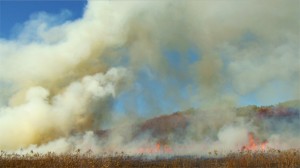 The region’s fires even influenced the prairie’s rich soil, which was what first attracted settlers to the area. The fires removed the layers of organic waste and dead plants that prevented necessary nutrients from leaching into the soil. In addition, such waste kept the soil cool, but once removed, the sun’s rays could warm the ground. The waste that results from such fires is easily broken down, and vital nutrients can once again enter the soil, creating the ideal environment for new plant growth. The root systems of prairie vegetation are deep, therefore, even if the surface shoots are burned, regrowth takes place quickly.
The region’s fires even influenced the prairie’s rich soil, which was what first attracted settlers to the area. The fires removed the layers of organic waste and dead plants that prevented necessary nutrients from leaching into the soil. In addition, such waste kept the soil cool, but once removed, the sun’s rays could warm the ground. The waste that results from such fires is easily broken down, and vital nutrients can once again enter the soil, creating the ideal environment for new plant growth. The root systems of prairie vegetation are deep, therefore, even if the surface shoots are burned, regrowth takes place quickly.
The tallgrass prairie is a severely endangered ecosystem. Although much of this danger is the result of habitat loss due to development and farming, the decrease in natural fires has had a considerable impact the on undeveloped prairie tracts. Woody vegetation and invasive plants are no longer restrained by fire and are starting to invade these ecosystems. The dead plant waste layers are allowed to accumulate, impacting the growth of various grasses. This will ultimately change the very roots of the Tallgrass Prairie Ecosystem.
Due to the aforementioned considerations, wildlife management agencies are developing a strategy of controlled fires to help the prairie ecosystems survive in the most natural way possible. This is typically accomplished by carefully selecting a day during the most suitable time of year, and creating a controlled burn. Firefighters are present to ensure the fire does not burn out of control. This is an effective and safe avenue through which these natural areas can be restored to their original state.
While common sense dictates that fires are destructive and dangerous, it is essential to understand that they are vital to the maintenance of prairie ecosystems. With carefully managed burns, renewed growth can be encouraged by wildlife management agencies, and our prairies can be restored to their natural condition.
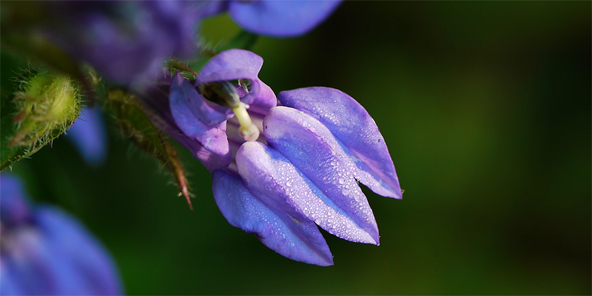
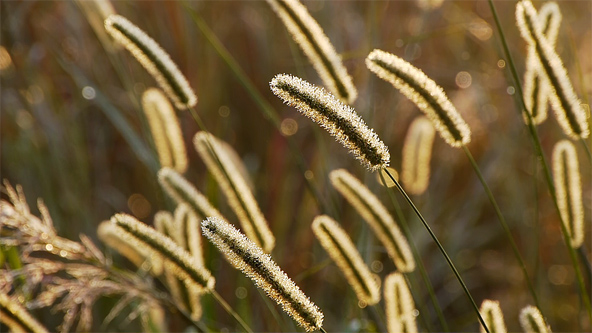
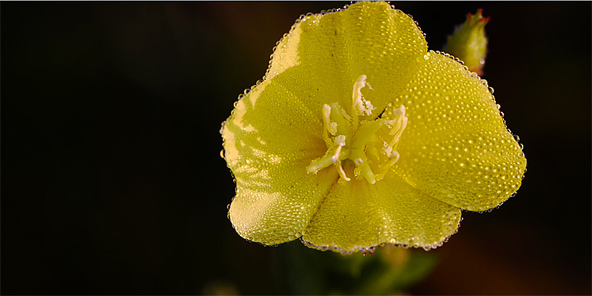
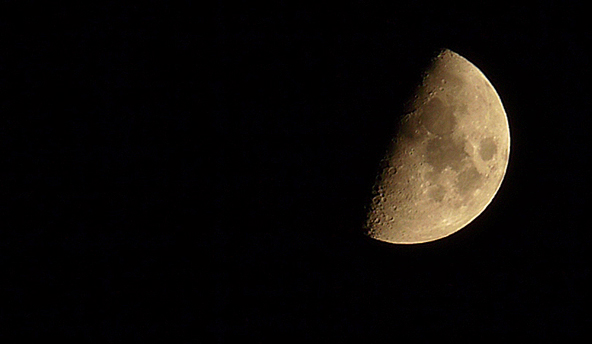
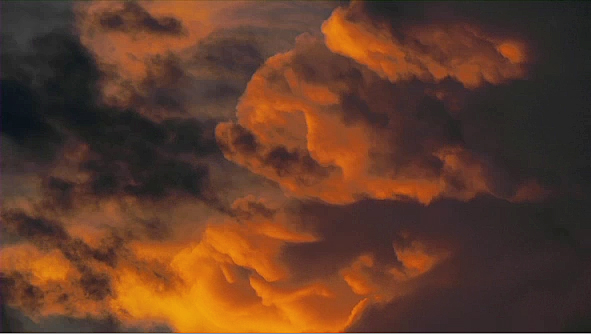

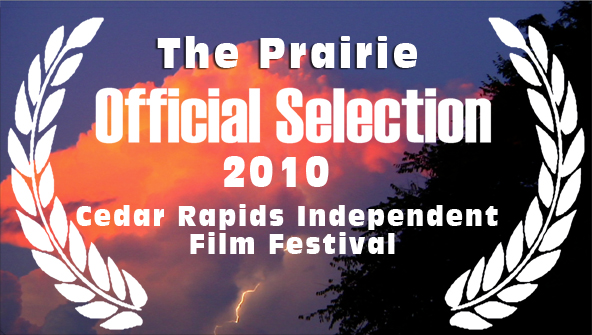
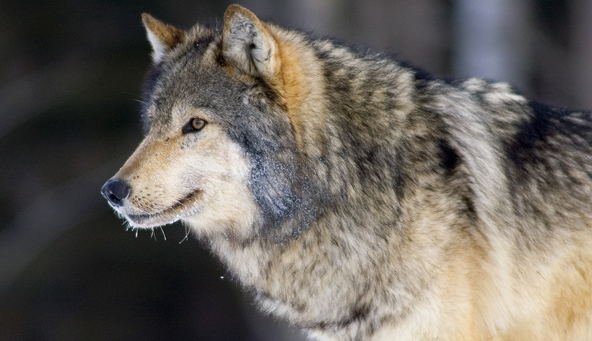

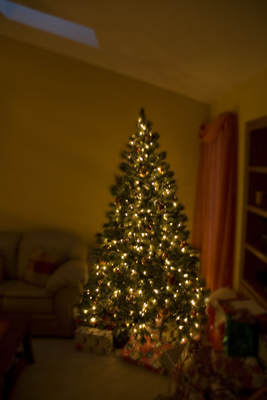




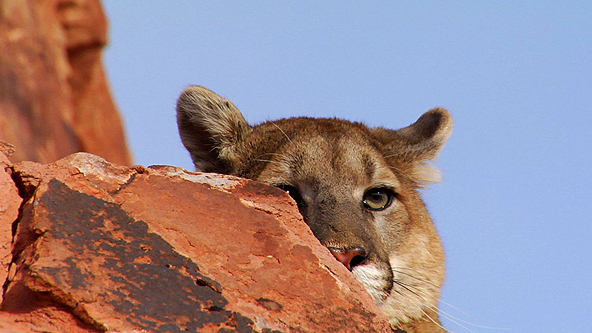






Photographing The Beautiful Iowa Woodland Wildflowers
What was once a land of grasslands, immense prairies and undeveloped savannahs, Iowa has experienced vast changes over the last one hundred and fifty years. In spite of the drastic human development, the woodlands remain the most enduring remnants of Iowa’s biological population. In early spring, the woodlands seem to explode with life layer by layer. The first Iowa woodland wildflowers begin peeking through layers of fallen branches and dead leaves. These spring woodland flowers are some of the most colorful and abundant.
The first to bloom, usually in April, are the light pink-white or blue Hepatica, white Bloodroot that “bleeds” a reddish-orange liquid when the stem is broken, white Trillium, pale pink or white buttercup-like Rue Anemone (Wind Flower) and the aromatic drooping Dutchman’s breeches. Early May brings out the nearly hidden maroon flowers of Wild Ginger, Common Violets in yellow, white and violet shades, the blue petal Virginia Bluebells and the nearly stem less white Dog-tooth Violet. Mid-May starts showing the bluish-lavender flowers of Jacob’s Ladder, white and lavender Virginia Waterleaf (named because of the spots on the leaves), and the favorite Jack-in-the-Pulpit pale green flower with the inflorescent center.
Wildflowers in such vast quantities capture the attention of photographers that film nature more than almost anything else. Nothing can surpass the beauty that nature itself supplies for us. Massive fields are beautiful as photographs just as they are, or as backdrops for photo shoots especially of children or for weddings. Each individual flower is beautiful. Often these pictures are seen on postcards or greeting cards. Nothing needs to be added inside to make these a special gift in itself.
If interested in photographing wildflowers at their best, it is imperative to have certain basic equipment. The standard 35mm camera is a must. Adding a close-up lens or macro-lens is preferred for a better outcome. Some nature photographers prefer the 105mm macro lens and others prefer the 50 or 55mm macro lens. The perfect lighting for nature video or still photography is essential. At noon the bright sun will wash out the petal colors, so early evening or morning is the most opportune time for catching the warm colors that pay tribute to the blues, reds and yellows of the petals. Often times a cloudy day is perfect since it serves as a light diffuser. Although natural light is the most ideal, if that is not possible, an electronic flash will sometimes be a good alternative. If it is possible to backlight or sidelight the flowers, it will bring out a radiant glow accentuating the venation in the leaves and petals. Holding the camera steady is nearly impossible, so the use of a tripod or a bean bag to steady the camera is best. When photographing an individual flower you must get down close and personal to the flower to get the best possible picture. Focusing directly at the center of the flower will make sure the brilliantly focused flower, which is your main subject, is accentuated by a blurred background. However, at high magnifications, the depth of field, which is the depth of the image that is in sharp focus, is very shallow. So make sure the most important part of your flower is in sharp focus. Oftentimes when filming Iowa woodland wildflowers there has to be a compromise of a small enough aperture to have all the flower in focus but large enough so that you are maintaining a blurry background to make the flower stand apart. The wind can be a major obstacle in trying to get the perfect picture. Increasing the shutter speed on your camera will help alleviate that problem. If the light is dim, you may have to increase the ISO of your camera to accomplish that.
Fortunately, the tall trees that canopy the wild flowers are the last to leaf out. Once they are in full leaf, they block out the sunlight that is necessary for the wildflowers to survive. Regrettably, this marks the end of their season and the Iowa woodland wildflowers disappear until the beginning of the next spring thaw.